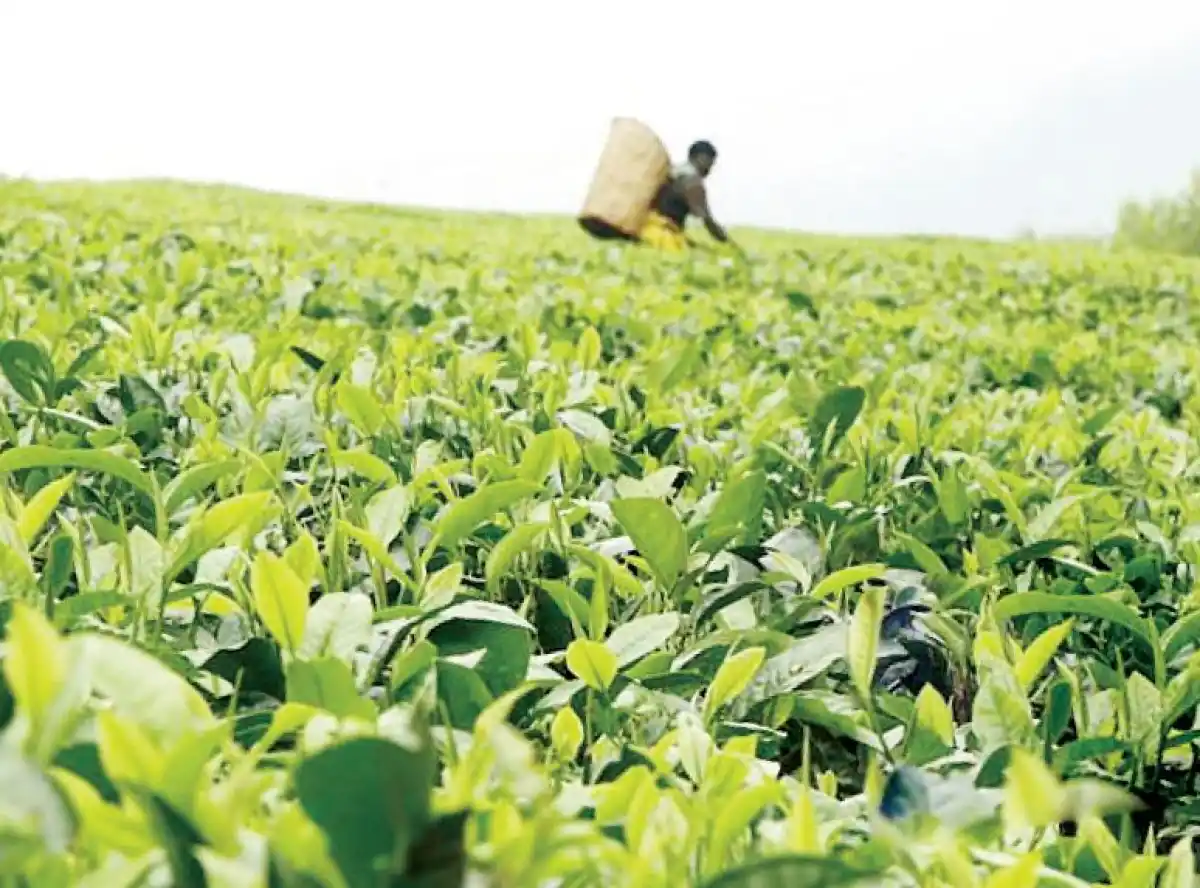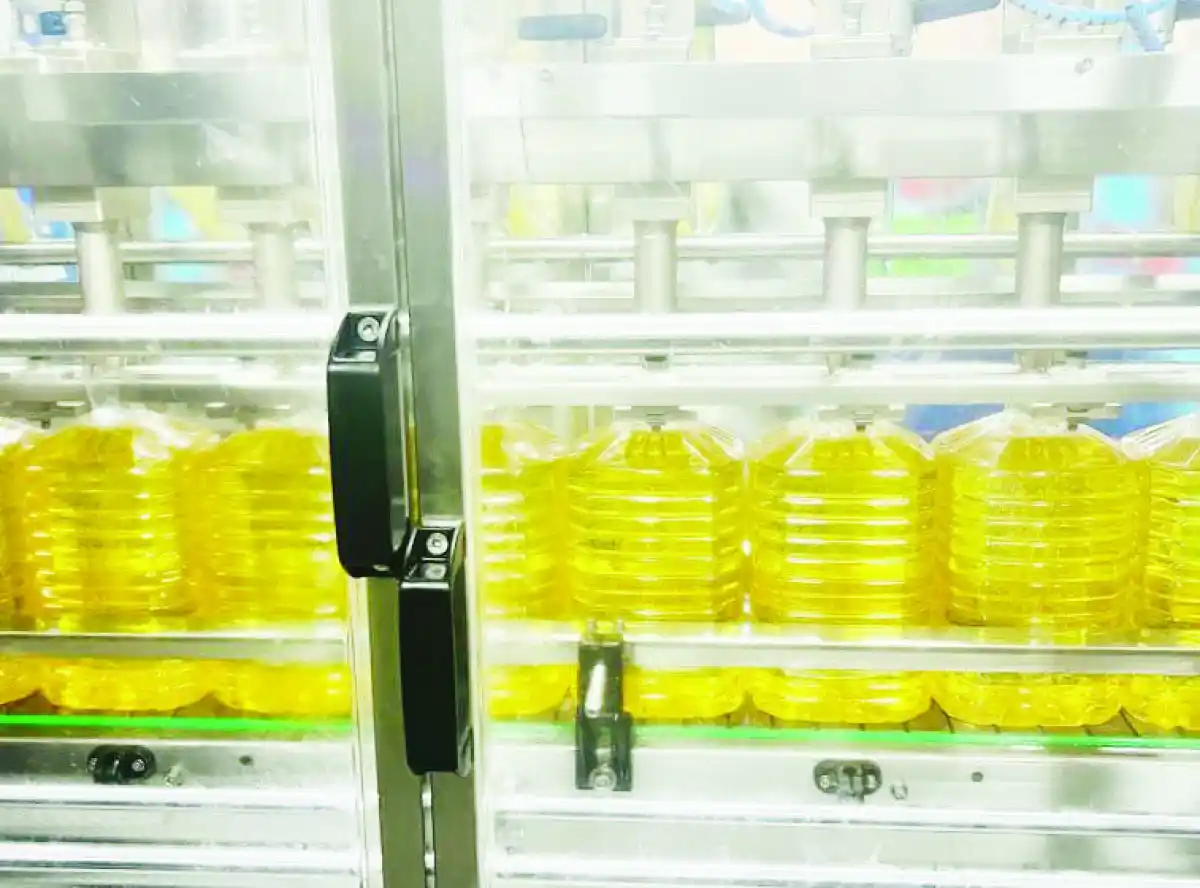
Tea production registered a significant decline in the third quarter of 2024 with total output recorded at 5.5 million kilogrammes (kg), a 56.4 percent drop from the second quarter’s production of 12.6 million kg.
This is contained in the latest economic review published by the Malawi Confederation of Chambers of Commerce and Industry.
However, the quarterly production showed a progressive increase across the three months, with July recording the lowest output at 1.3 million kg, an improvement to 1.6 million kg in August and a peak in September at 2.6 million kg.
Despite the quarter-on-quarter decline, the industry showed remarkable improvement compared to the same period last year.
The third quarter production in 2024 is 37.1 percent higher than the 4 million kg recorded in the third quarter of 2023, suggesting enhanced productivity in the sector year-on-year.
The contrasting quarterly and annual highlight the seasonal nature of tea production in Malawi, with the second quarter typically being the peak season.
In a recent interview, Tea Association of Malawi Chief Executive Officer Tonda Chinagwa said the country had received improved rainfall pattern between June and August 2024, hence the year-on-year increase in production.
Meanwhile, Tea Research Foundation (TRF) is propagating the use of right planting materials, especially tea varieties that are high-yielding and resistant to stressful conditions, to maintain or increase production amid changing climatic conditions.
In an interview, TRF Chief Research Scientist Nicholous Mphangwe said those who can afford it should irrigate the crop to mitigate water stress.
“Climate change is accompanied by several stressful conditions such as drought, moisture stress, excessively high temperatures and, on the other end, very cold conditions. These temperature changes lead to an increase in pests and diseases, which affects tea production,” Mphangwe said.








0 Comments